The initiative in Wargames was always a hot topic, which evolved from the old “I-Go-You-Go” into more sophisticated systems. The aim was not only to create a more engaging and unpredictable game, but also to find a way to address the problem of simulating simultaneous action on the battlefield and issues of the orders by both sides at the same time.
One of the solutions was a Chit-Pull system. In such a system the current player randomly draws a chit or counter identifying a group of units which may now be moved. Schemes include moving any units commanded by a particular leader, moving units of a particular quality or activating units not for movement but for fighting.
Such solution not only creates so much needed uncertainty – some of the games have mitigating mechanisms, see Cataclysm below – but also makes such wargames perfect for solo play. You do not need elaborate flow-charts what particular action should the bot take. You draw a chit and execute this limited action to the best of abilities. Nice, simple and elegant!
Today I would like to present to you some of my favorite games with this mechanics. Hope you will enjoy them the way I do!
Other articles in the series:
Cataclysm by GMT Games
I find Cataclysm as a very interesting sandbox game, which gives you a lot of freedom to shape the geopolitical realities of 1930′ and 1940’s. It balances the need to be detailed in such endeavor with the relative simplicity of rules. Thanks to its superb scenarios, introducing you to the game (C.2 Introductory: Days of Decision, C.3 Theater: The Great Patriotic War, C.4 The Eagle and The Sun) you can easily learn it. In the end we are getting an interesting position, containing great introductory scenarios, main campaign but also an alternative set-up (Italy with Allies, fascist France).
Let me now provide some more info on the game and mechanics (mainly based on publisher page). Cataclysm is not a typical game about World War II. First and foremost, the game begins in 1933, not 1939, and is global in scope. Germany is far from dominating Europe. Japan is on the march in Asia. Every crisis is an unexpected opportunity. There is no hindsight and anything can happen.
You must craft a diplomatic strategy, develop political support for your policies at home, shift your economy to a war footing (not as easy as you might expect!), and build up the forces you need to deter or vanquish your enemies. A game about global war gives every nation armies, air forces, and fleets. But in Cataclysm, military pieces have no numeric values. You know what forces you have and where they are deployed. To resolve combat, each side rolls up to three dice and compares their single highest die. You can devote more resources to a campaign (generating more dice or bonuses), but that does not guarantee a favorable outcome. Your efforts can lead to triumph… or to disaster.
In Cataclysm, you are free to explore alternatives – I love this Sanbox aspect. The Soviets can construct a massive long-range bomber force. Japan can build powerful armored forces to overrun Siberia. Germany can invade Britain, or France can take Berlin, provided you craft a strategy that gets you there. When you play Cataclysm, you write your own history of a Second World war.
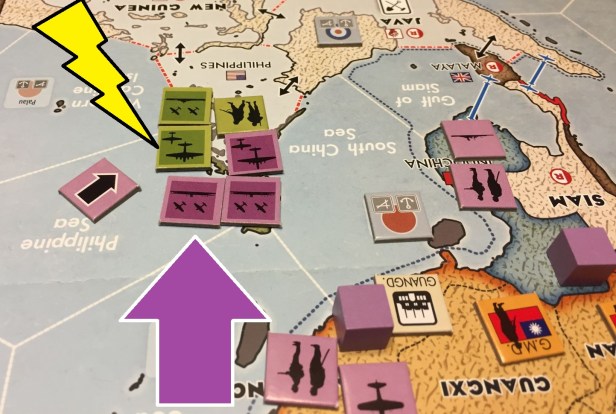
For me a good strategy-level, sandbox game has to be re-playable and should allow for easy entry into its system thanks to the multiple smaller scenarios. Cataclysm is exactly such a game so this is not a surprise that I am coming back again and again to that fantastic title!
More about game:
White Eagle Defiant from Hollandspiele
White Eagle Defiant from Hollandspiele by Ryan Heilman recreates the German, Slovak and Soviet invasion of Poland in September and October 1939 that meant the beginning of the Second World War. Germany and its Slovakian ally began the invasion on September 1, 1939; the Soviet Union followed suit on the 17th.
In this game one player controls the Germans, Slovaks and Soviets while the other commands the Poles. The German objective is to gain control of Warsaw and other designated Victory cities while preventing Polish forces from destroying their forts in East Prussia and recapturing Victory cities. If the German player does so in less time than the historical campaign, they win the game. Anything less is a draw or a win for the Polish player.
The title employ two of my favorite mechanics – point-to-point map and a chit pull mechanism to simulate the campaign and uncertainty of action. On top of this, random event chits are included to add variety to the game, reflecting the weapons (such as armored trains and aerial bombardment) used at the beginning of World War II. We also have specialized units, like German Panzers (which can roll two dice instead of one) and cavalry for the Poles (which can roll a “first shot” at the beginning of a combat round).
A Victory Point track allows for variable entry of Soviet forces (depending on the success of the German player in capturing Victory cities), as well as the possibility of the Allies launching an attack in the West (if the German player fails to do well in capturing Victory cities). Finally, a “blitzkrieg breakdown” track is used by the German player; if the turn ends before both German army group chits are pulled, the German player may elect to activate a group, but possibly suffer a “breakdown” while doing so – and if five such breakdowns occur, the German player automatically loses the game.
It is always refreshing to see how others perceive the historical events of your country. It gives different perspective and is usually much more objective, not clouded by some martyrdom or false assumptions. I am always eager to familiarize myself with such opinions be it in books or boardgames. With that in mind I reached for White Eagle Defiant from Hollandspiele.
PS. Be aware, that similar mechanics is used by previous game by Ryan Heilman – Brave, Little Belgium.
More about game:
Mrs Thatcher’s War: The Falklands, 1982 from White Dog Games
As a third title I would like to present Mrs Thatcher’s War: The Falklands, 1982 from Ben Madison – a fantastic solitaire puzzle. In truth, most of his games have chit-pull mechanism introduced in that or the other way. For example in The Mission you draw from 4 separate cups. So that series – linked by the name of Author – fits perfectly to this list.
A for the position described here, this is definitely not designed as a detailed simulation; it is rather fun and challenging game illustrating the general strategic course of the 1982 Falklands War between Britain and Argentina. The game features all the historical chrome for which this designer is so well known, including Exocet missiles, Falkland Islander civilian resistance, diplomatic shuttles, covert Soviet aid, SAS guerrilla missions, Chilean intervention, US assistance, the Gurkhas, helicopters, “ace” pilots, and even the Pope!
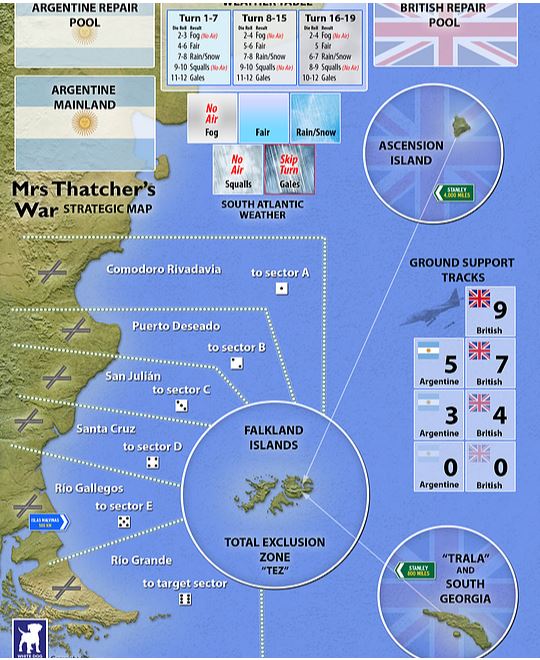
It is two games in one:
- a naval/air game in which the British Player fights against the game system’s Argentine “A.I.” to establish control of the skies
- a ground game in which the British Player takes advantage of his air superiority to fight and march his ground troops across East Falkland to final victory – or defeat – in the hills around Stanley.
The rules are pretty straightforward, chits add fog of war plus element of uncertainty; the game is fun and you really had an urge to “play one more time”. Definitely worth checking on!
More about game:
Summary
I hope you liked the above selection of chit-pull system games or maybe it even inspired you to look up some of the above titles and get it 🙂 As mentioned earlier, I truly appreciate that type of wargames, as the suspense and uncertainty it brings is such an attractive element for me. Those positions – although not always designed as solitaire titles – are perfect for such type of play, allowing you to simulate the chaos of the battlefield.
All above titles are highly recommended! And see you in next episode of the “My Top 3” series!


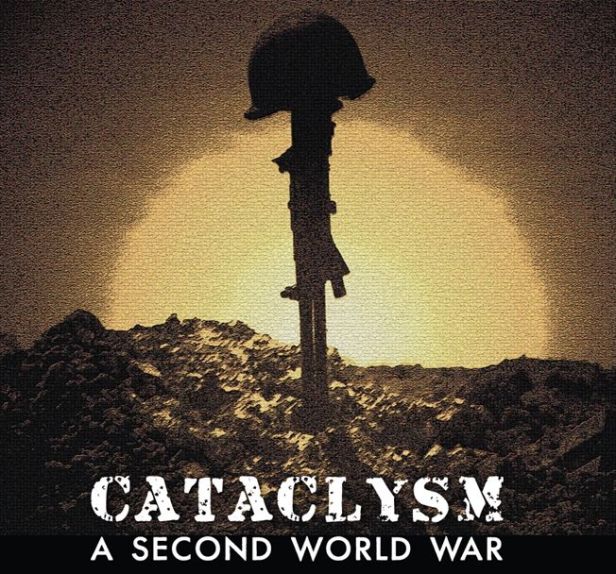

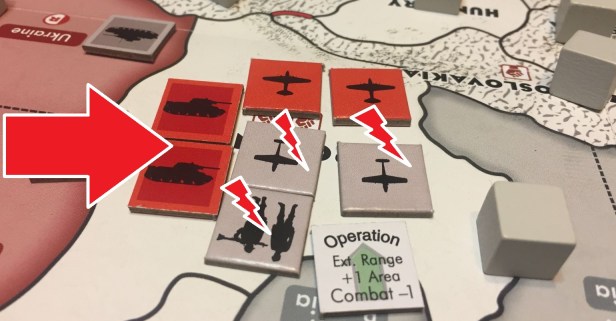



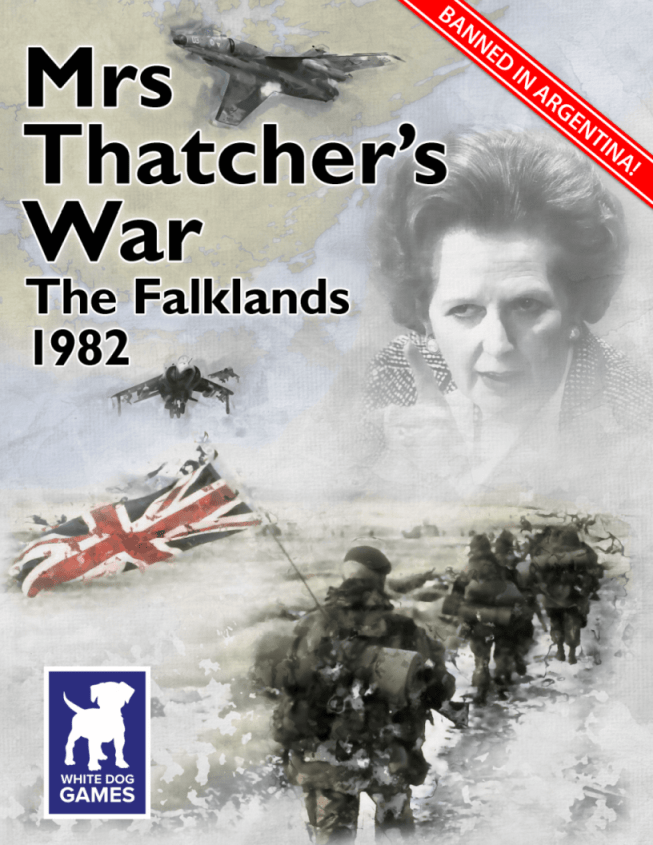
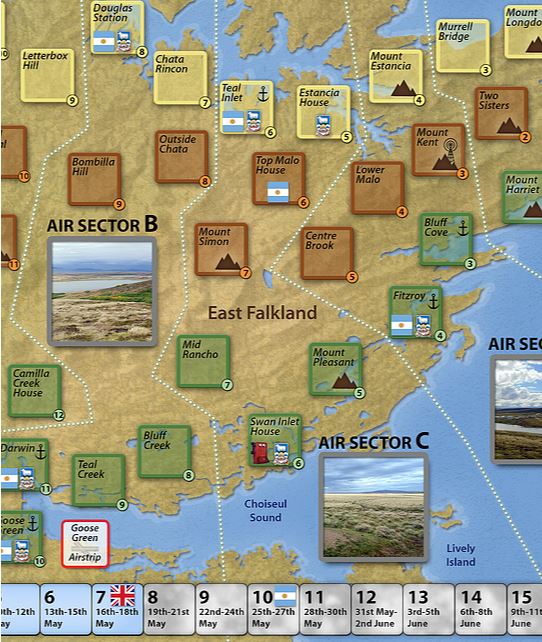
Interesting games, I will surely check them out. I especially like the fact that Cataclysm covers years before the IIWW.
However, “Crossing the Line – Aachen 1944” is definitely one of the best chit-pull systems I have ever played. I played it solo and against human opponent – in both cases it gave me a lot of thrill and action. So I recommend that you check it out as well. It might be that you correct this article after playing it ;).
LikeLiked by 1 person
Thanks for another title for me to check! That article was a great source for me to get to know more and more games with that mechanics!
LikeLike
Great introduction of these chit pull activated wargames as it seems getting more suitable for those solo gamers like me.
Regarding the chit pull, perhaps you can also explore the Ted Raicer “The Darks Sand”😉
LikeLiked by 1 person
This is definitely title on my “to-play” list!
LikeLiked by 1 person